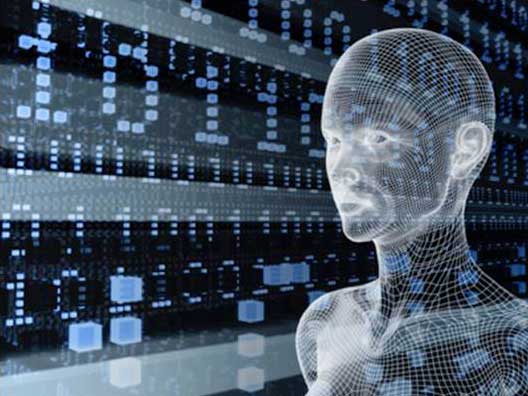The next, long-term wave of innovation and growth will be formed by symbioses among the rapidly emerging nanosciences and nanotechnologies, biotechnology and life-sciences, and information and computer technology together with cognitive sciences and neurotechnologies — the ‘NBIC cluster’. Cycles of technology-induced social and economic change have accelerated in recent decades and are likely to move even faster, there is exponential rather than linear growth for some areas of technological progress.

Our economic model is currently hitting a brick wall. Industrial development has brought enormous economic growth, but the linear economic model is unsustainable. Resource-scarcity risks are increasing, leading to more volatile prices and supply chains. Our society is headed for global overshoot and collapse. Steering away from this course requires breaking the current bond between prosperity and material consumption, or ‘decoupling’. In a circular economy, the industrial system is restorative or regenerative by design. Within the circular economy new business models are developed that reduce the need for virgin raw materials. This is accomplished by rethinking how production chains can…
Nanosciences, nanotechnologies, materials and new production technologies (NMP) have the potential to contribute significantly to the move from a resource intensive economy to a knowledge-intensive economy. They will lead to new applications, new business models, new products, new production patterns, new services, new processes, substitution of resources, higher material and energy efficiency and changes in technological competitiveness. These effects may bring along significant growth of value added, employment or trade balance in the European industry. E.g. new job opportunities will be provided, existing jobs will be protected, but also some may disappear through substitution.

Recente reacties